
As a freshman, I was intent on enjoying the next four years of my academic career. Not even three months after admission, however, my mind had drifted toward college.
Anywhere in America, it is the dream of all parents to see their children in an Ivy League institution. Certainly, Harrisites and their parents are no exception. And indeed, many of us are capable of gaining entrance to these schools. However, one, simple fact impedes us: these schools costs about $56,000 a year.
Is this tremendous educational gift truly worth such an immense fee?
As my parents often said, more successful graduates come from these eight school than anywhere else. Above all, nothing surmounts the prestige one gets when one says: “I am a Harvard alumnus.” However, this is simply not the case anymore; more than ever, state schools provide greater undergraduate opportunities for students.
The “Public Ivies,” which include eight public colleges, rank on par with Ivies. Among these are University of North Carolina and the College of William and Mary. The list has since expanded to include more schools, extending excellent, affordable education to more students.
While these schools are similar to Ivies, there is one huge difference: cost. The average cost for students at these institutions ranges from $10,000 to $25,000.
Although a bachelors degree serves as a foundation, it cannot support you in the modern job market. To this effect, graduate school determines your future to a larger degree than your undergraduate. However, graduate schools are also extremely expensive; they cost about $60,000 a year. Unfortunately, not all students can afford such an education for eight consecutive years.
The money saved from attending a public university education adds up. Now, the nearly debt-free undergraduate can attend an Ivy League graduate school with less monetary concerns. If you can afford to attend an Ivy League and your grades permit it, then go ahead. However, for the majority of American students, that is an ideal; if you’re interested in attending graduate school and saving many thousands of dollars, Public Ivies are the place to go.

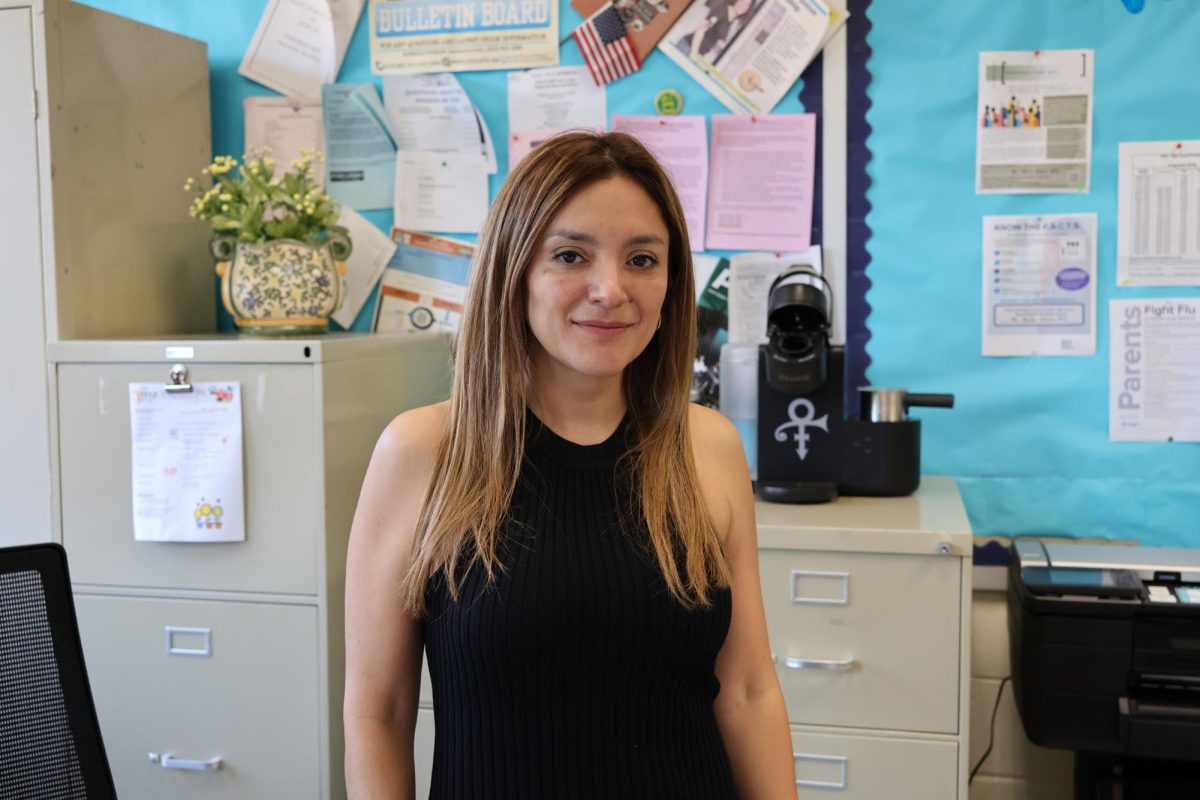
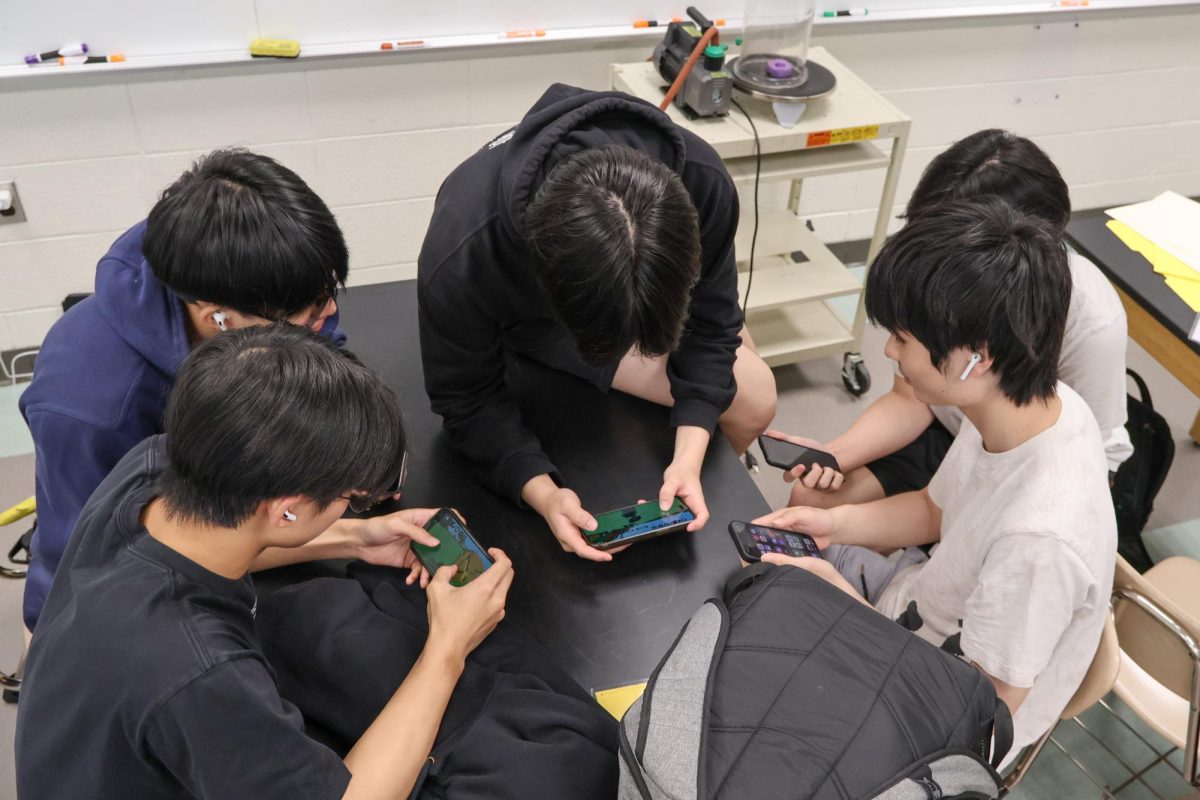
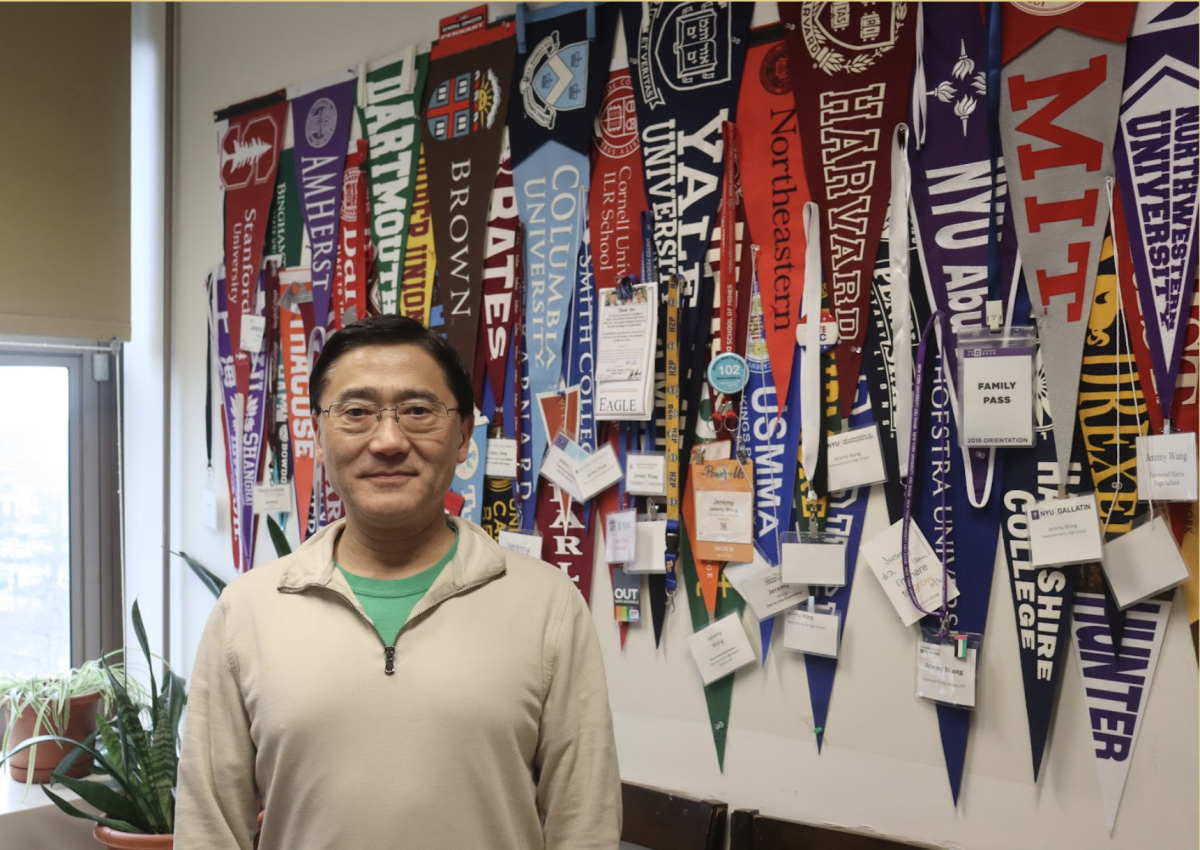
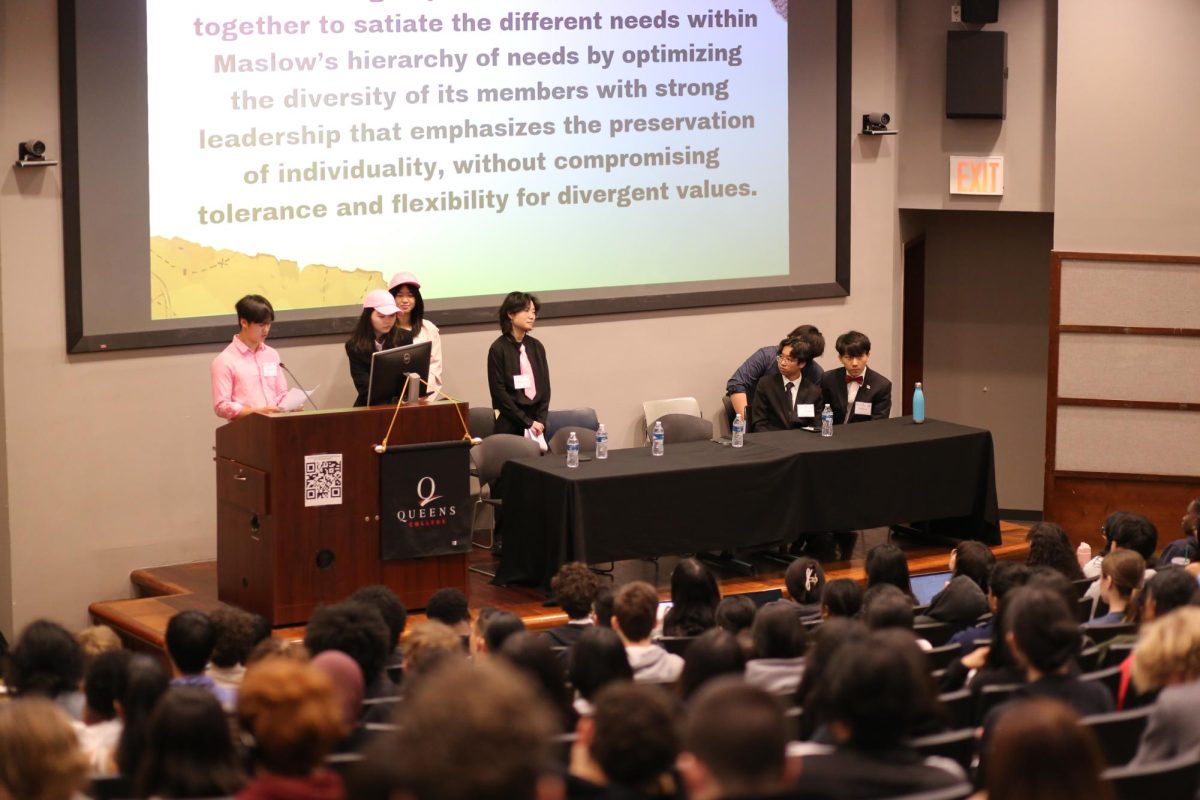
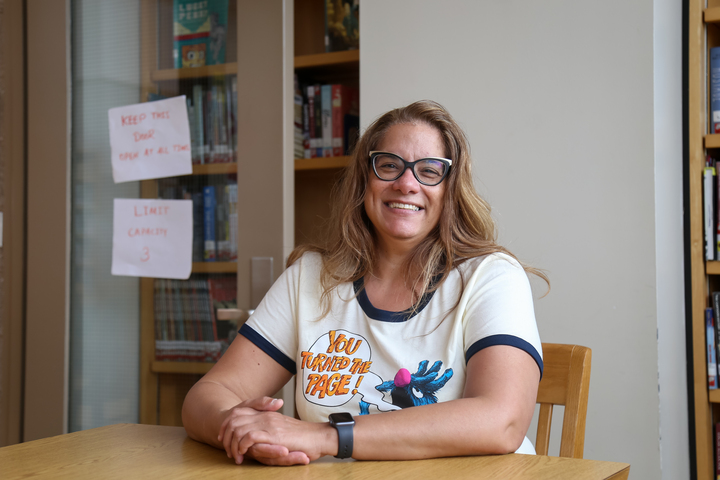
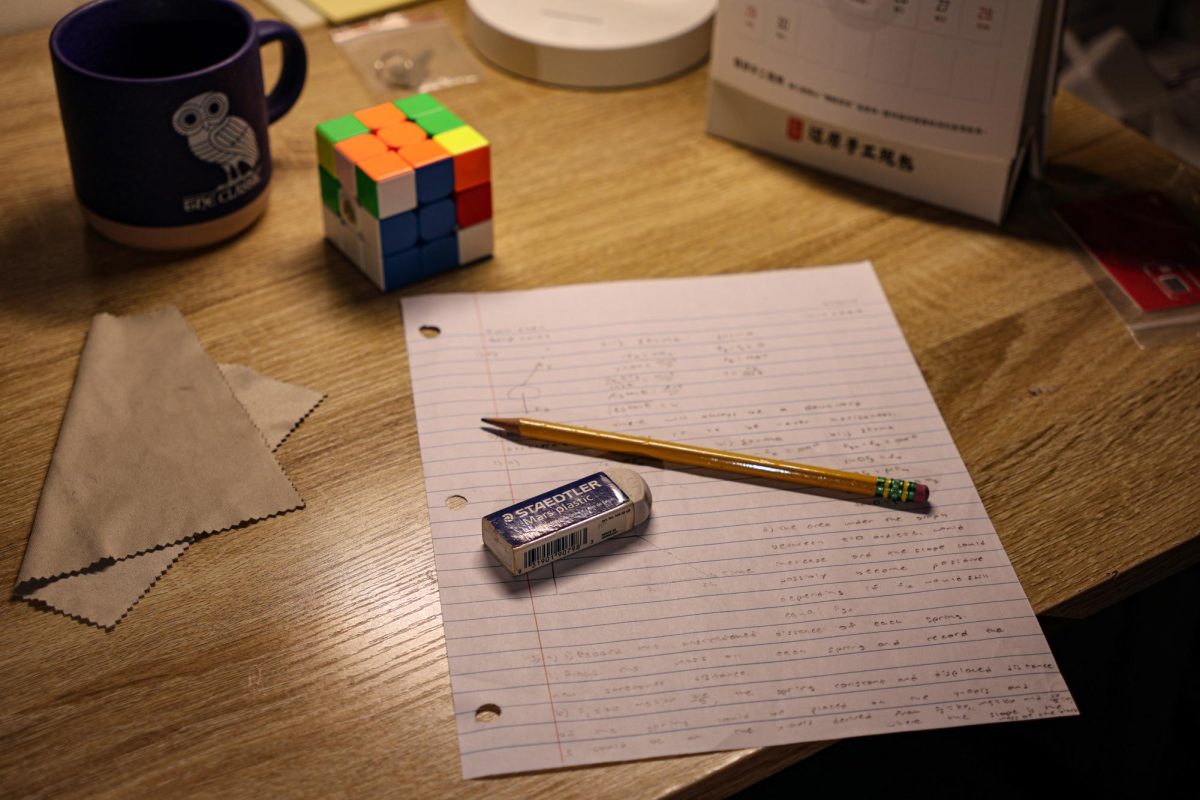
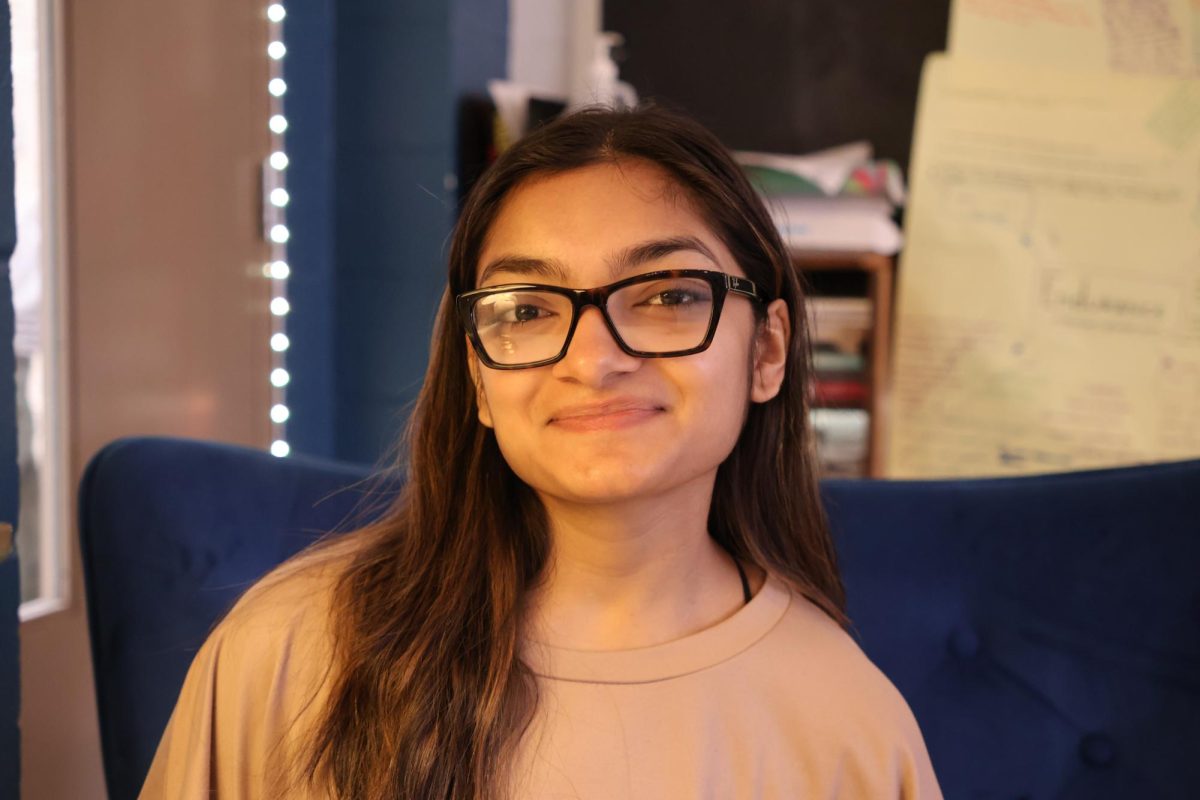

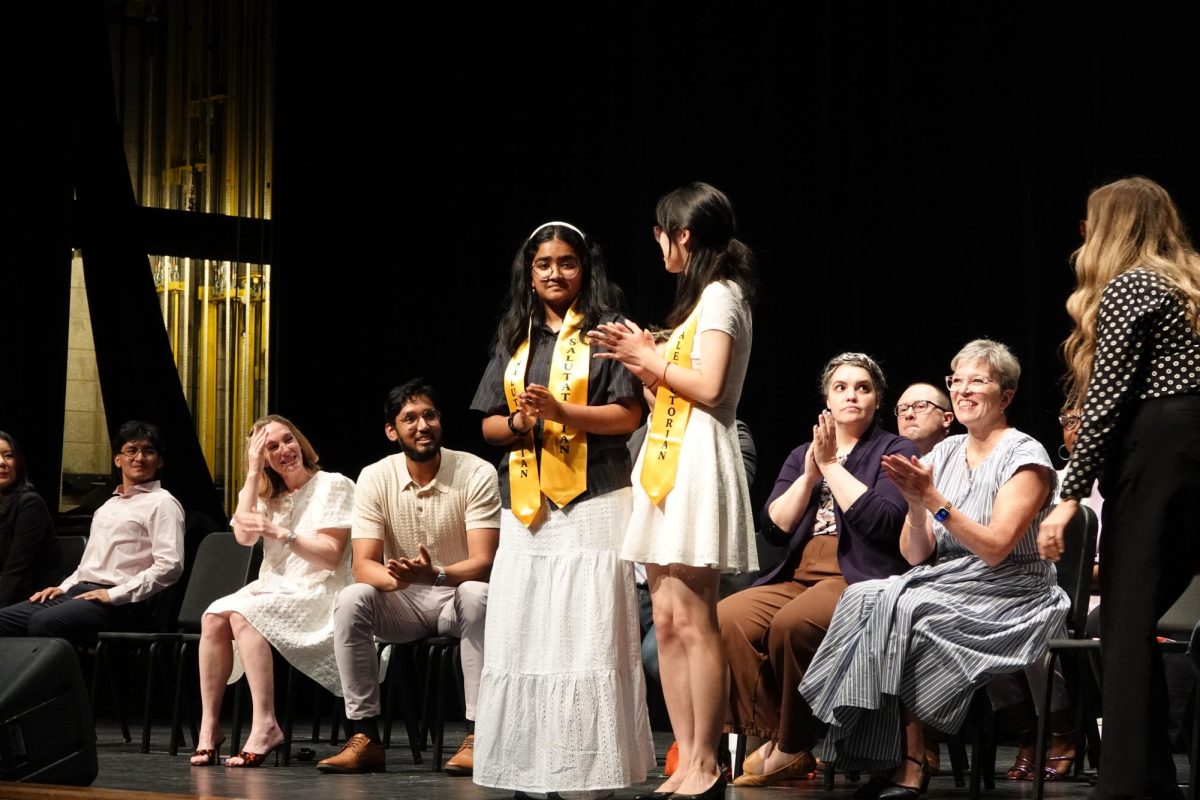
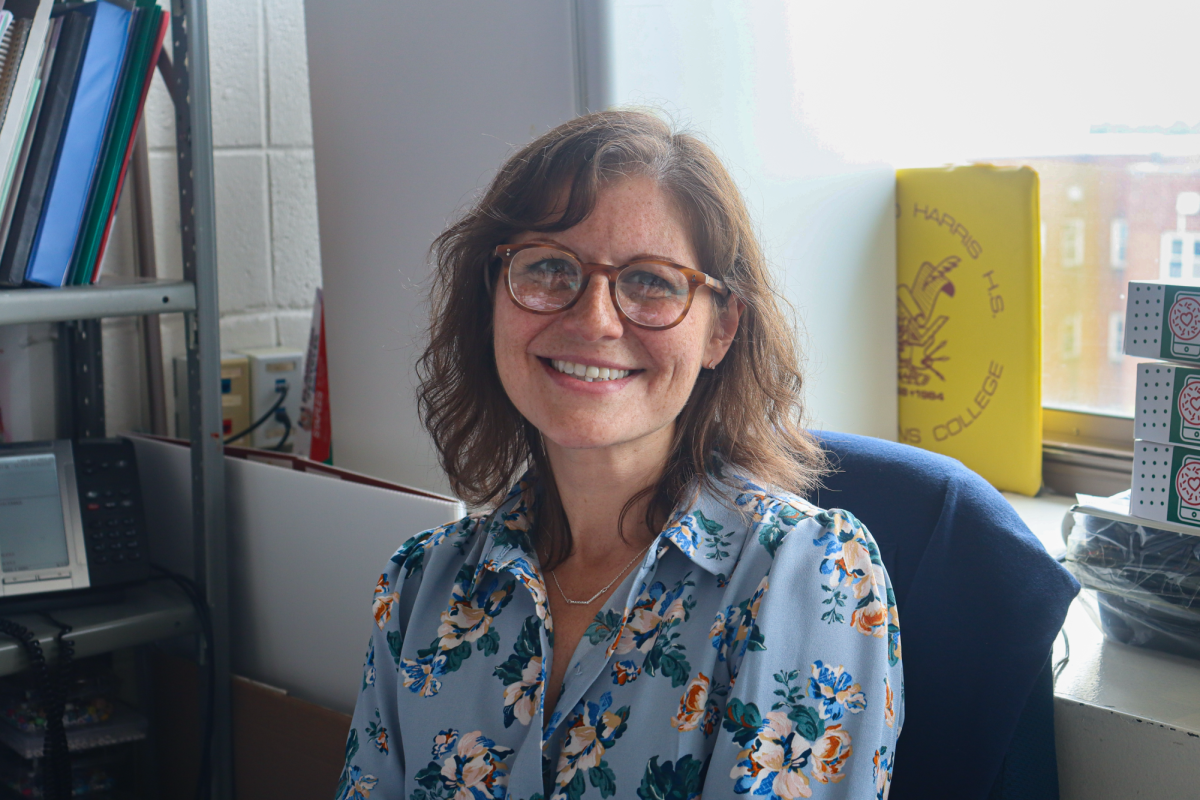
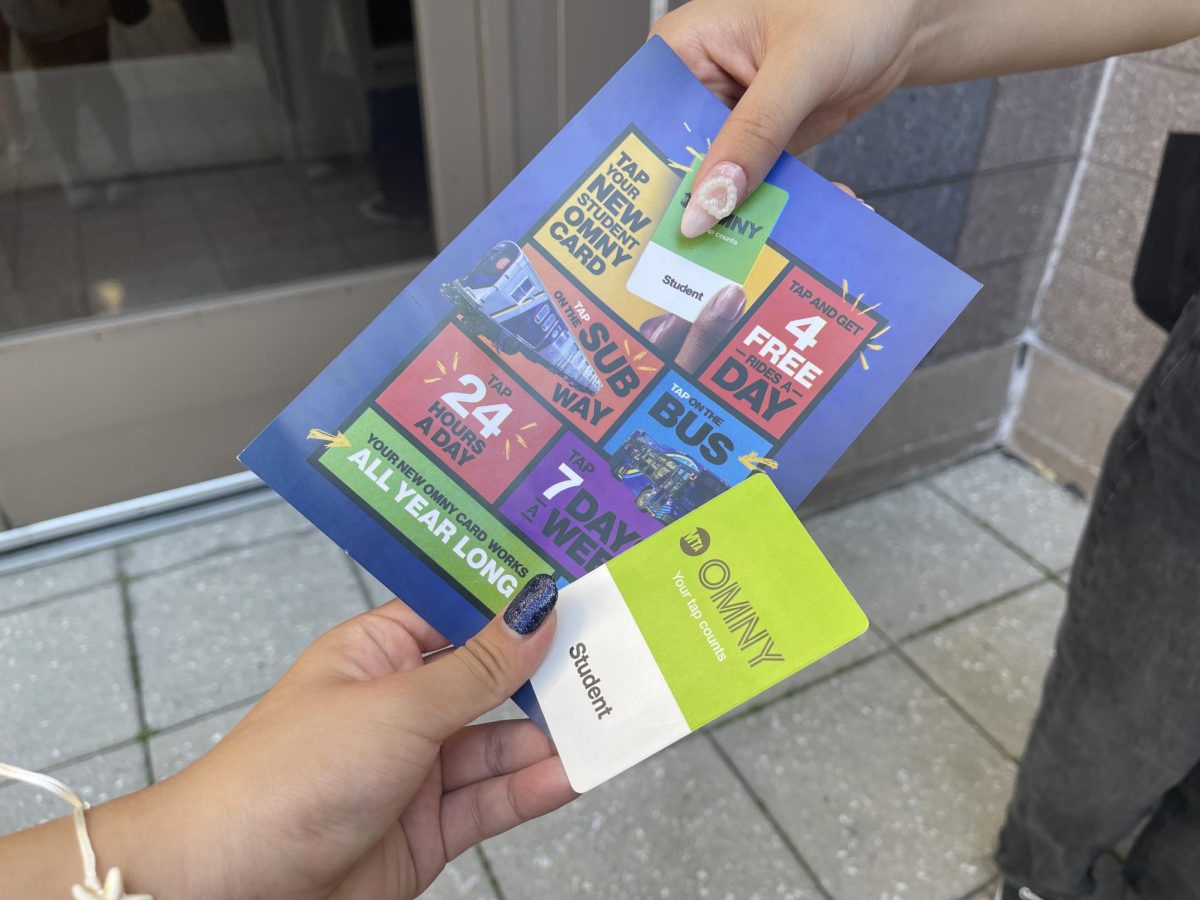
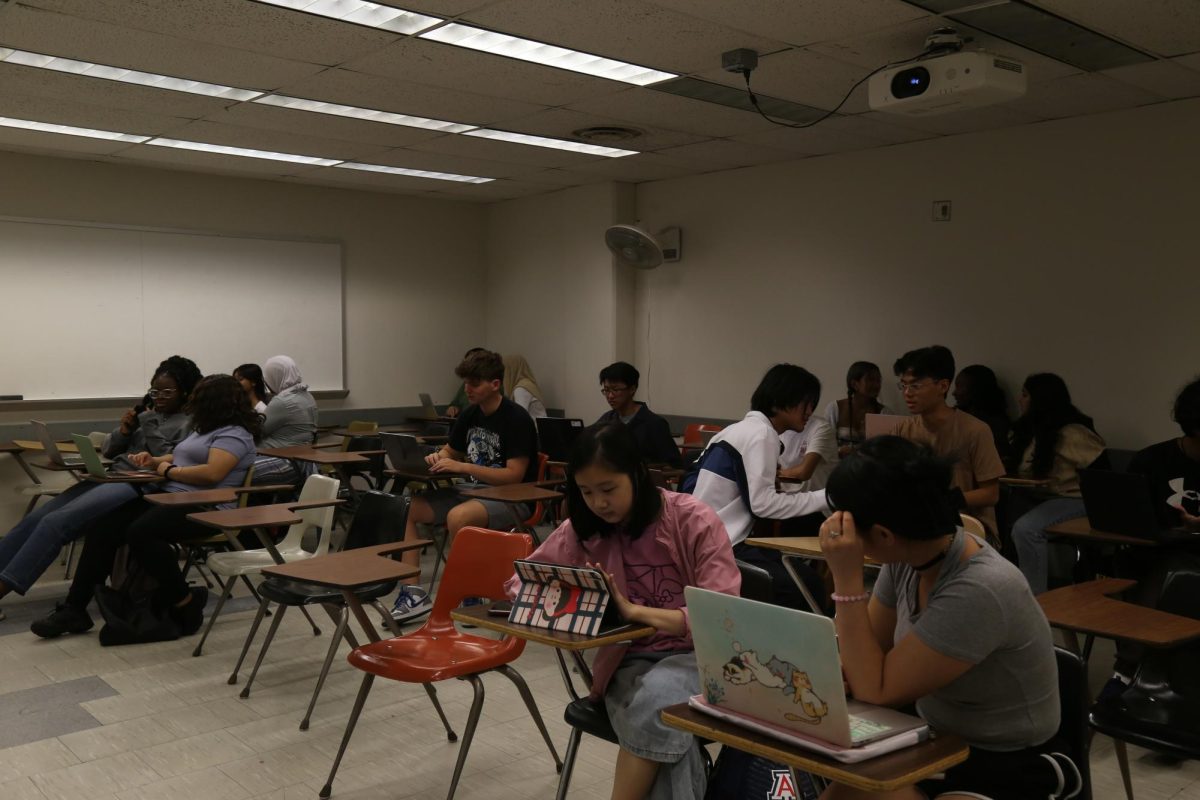
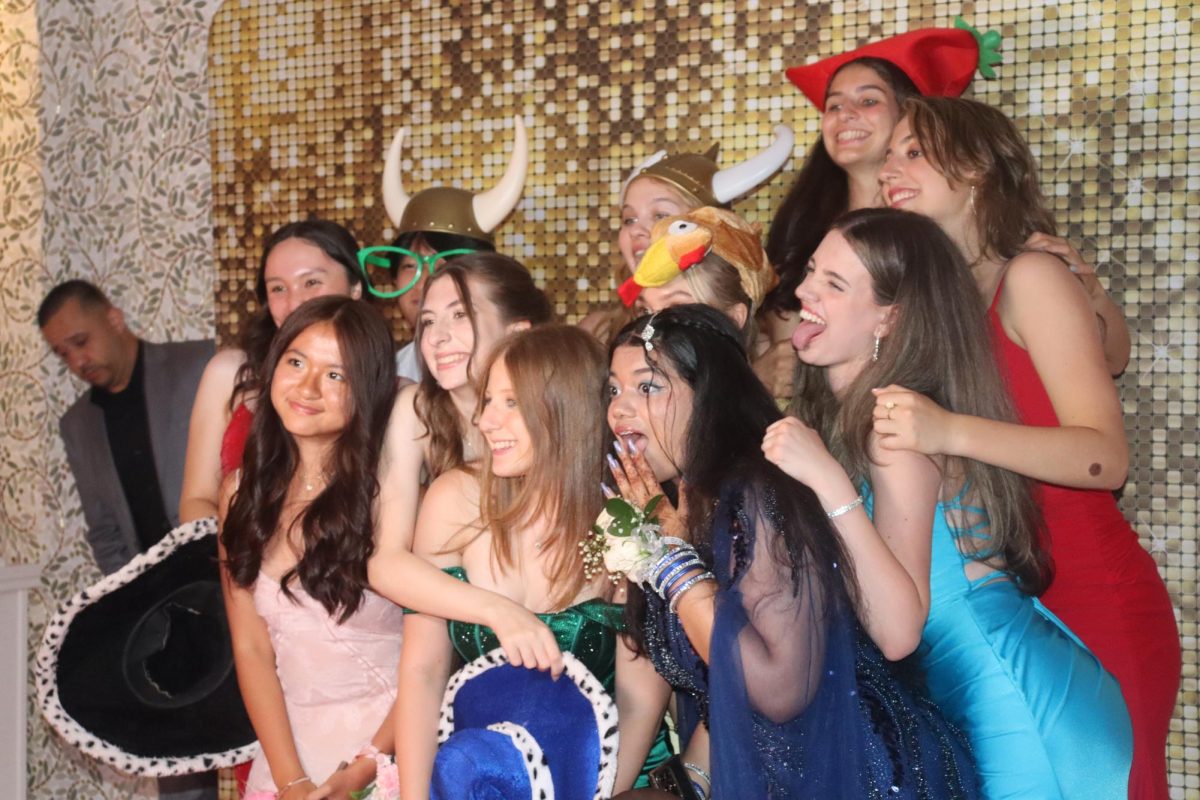

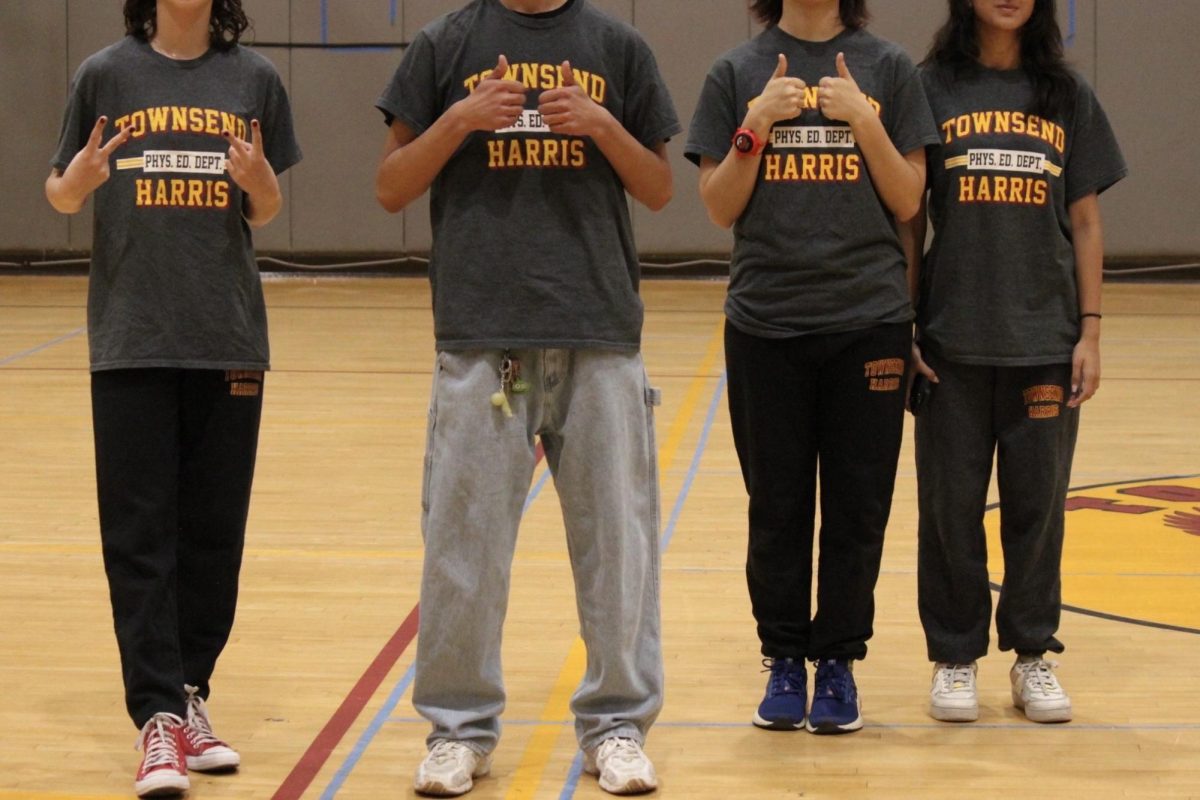
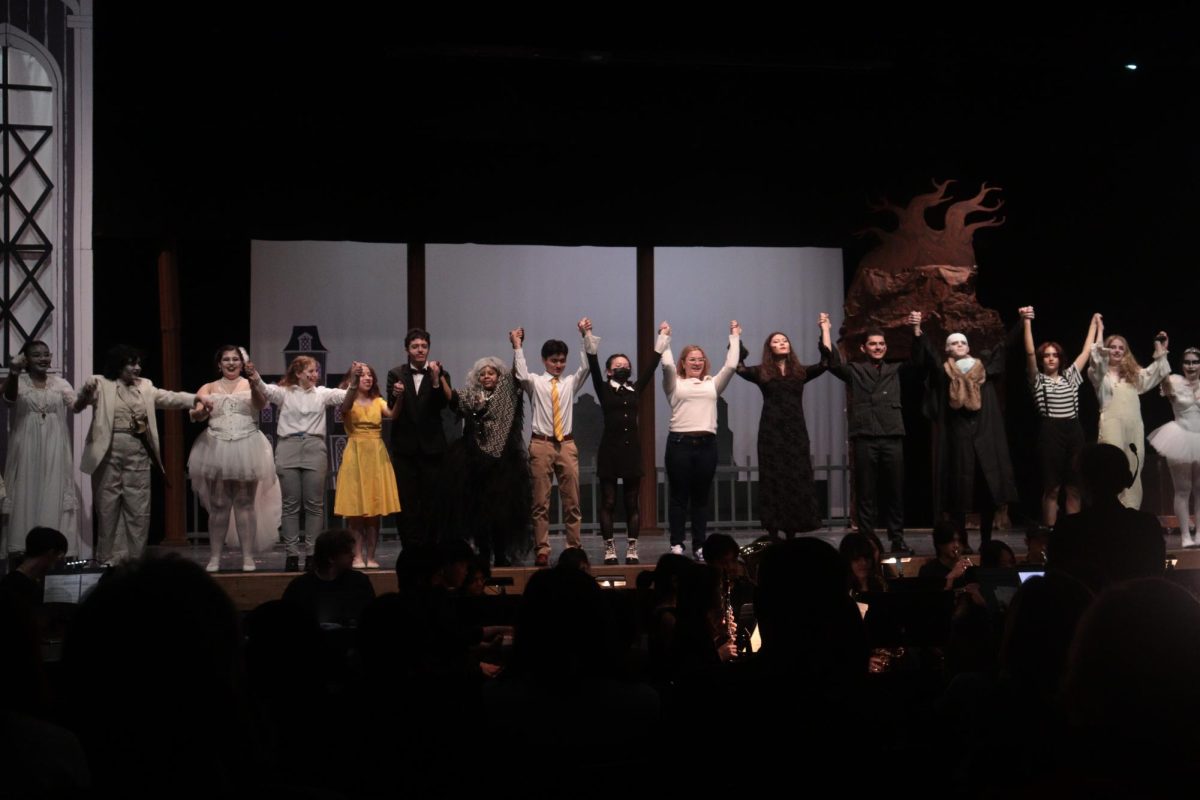


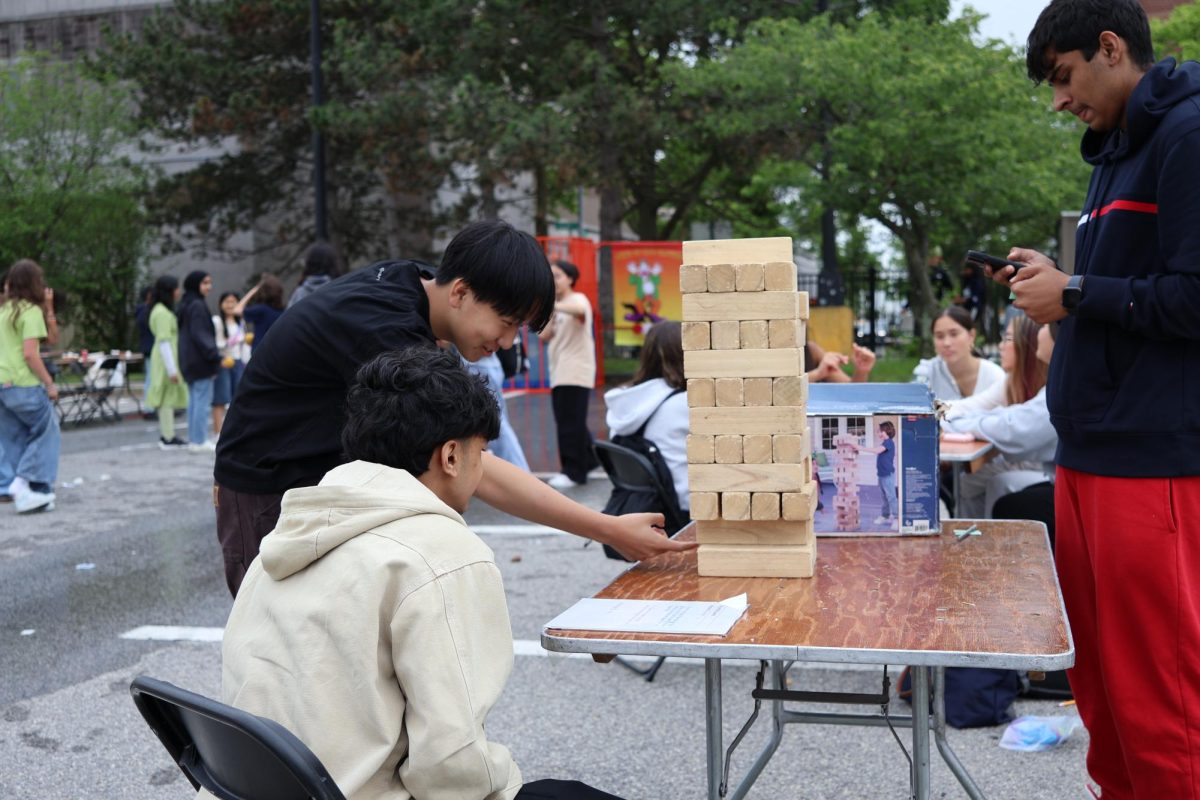
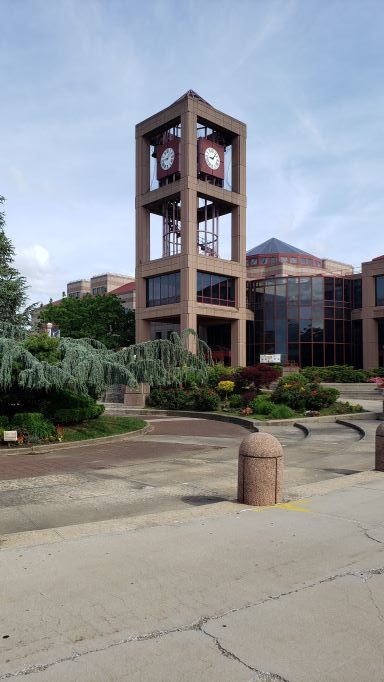
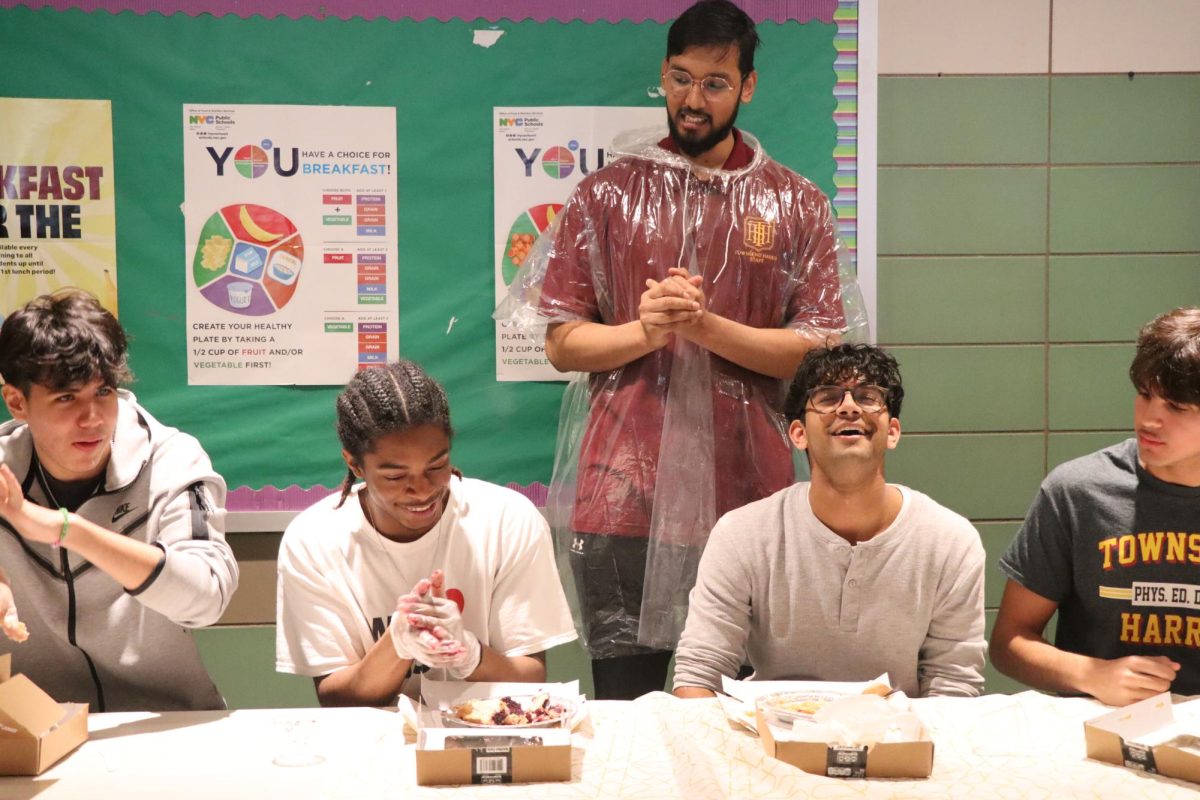
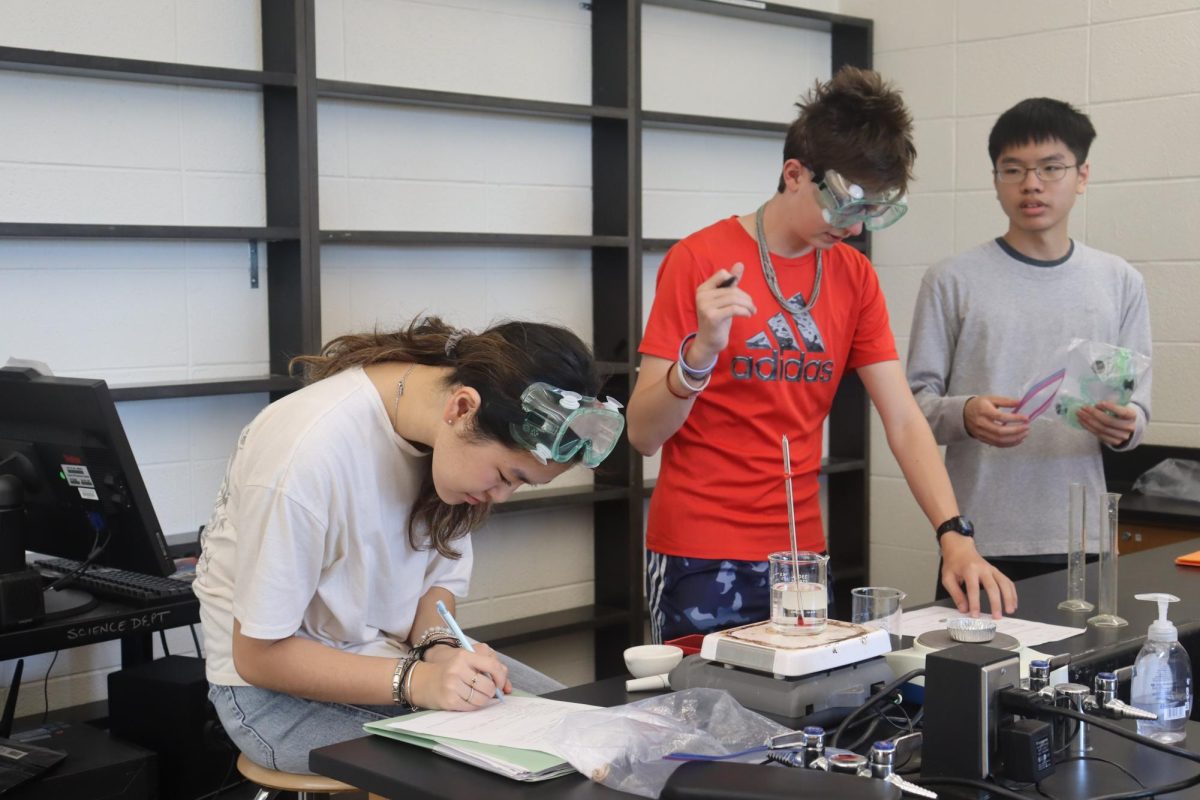


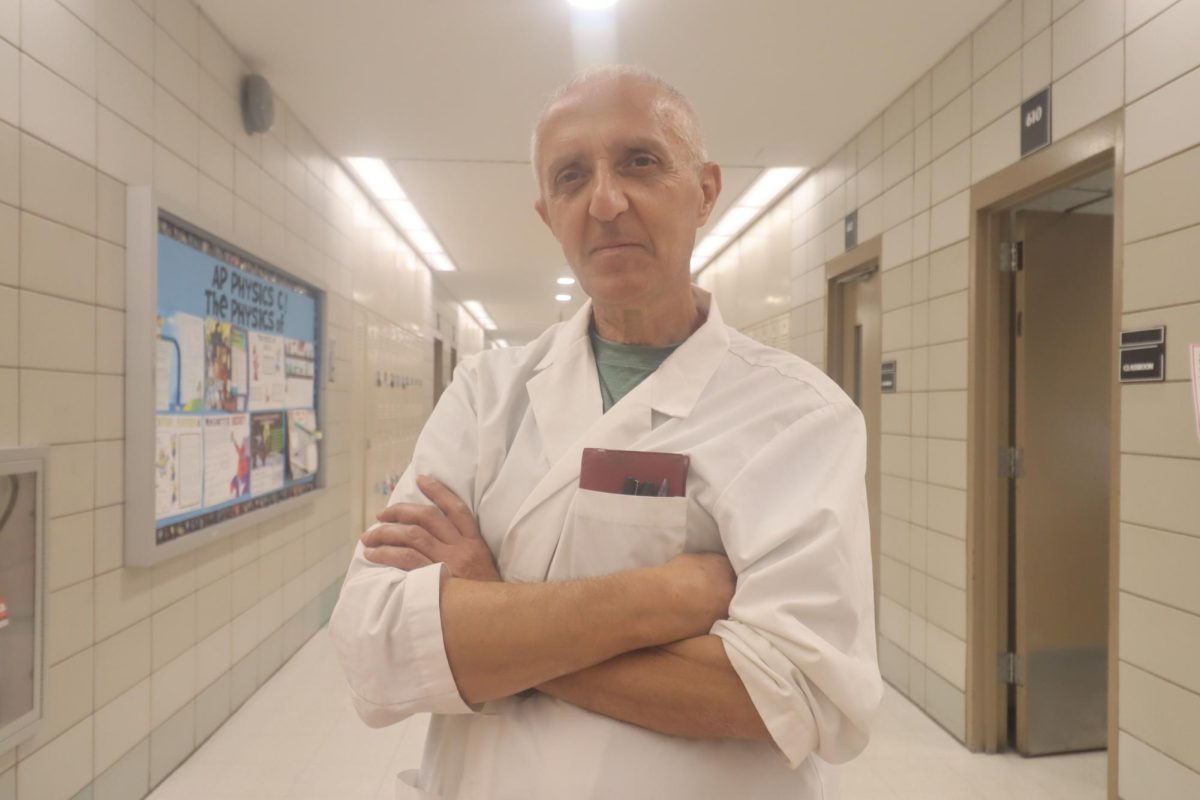
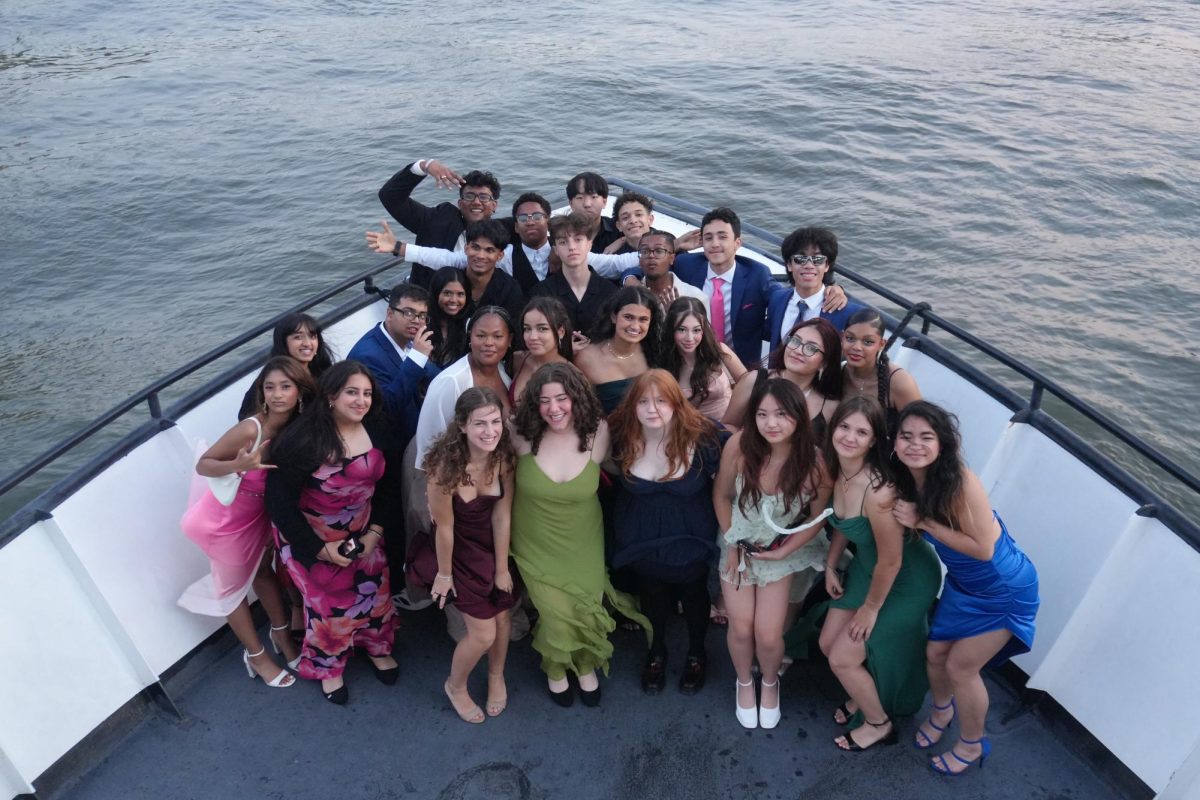
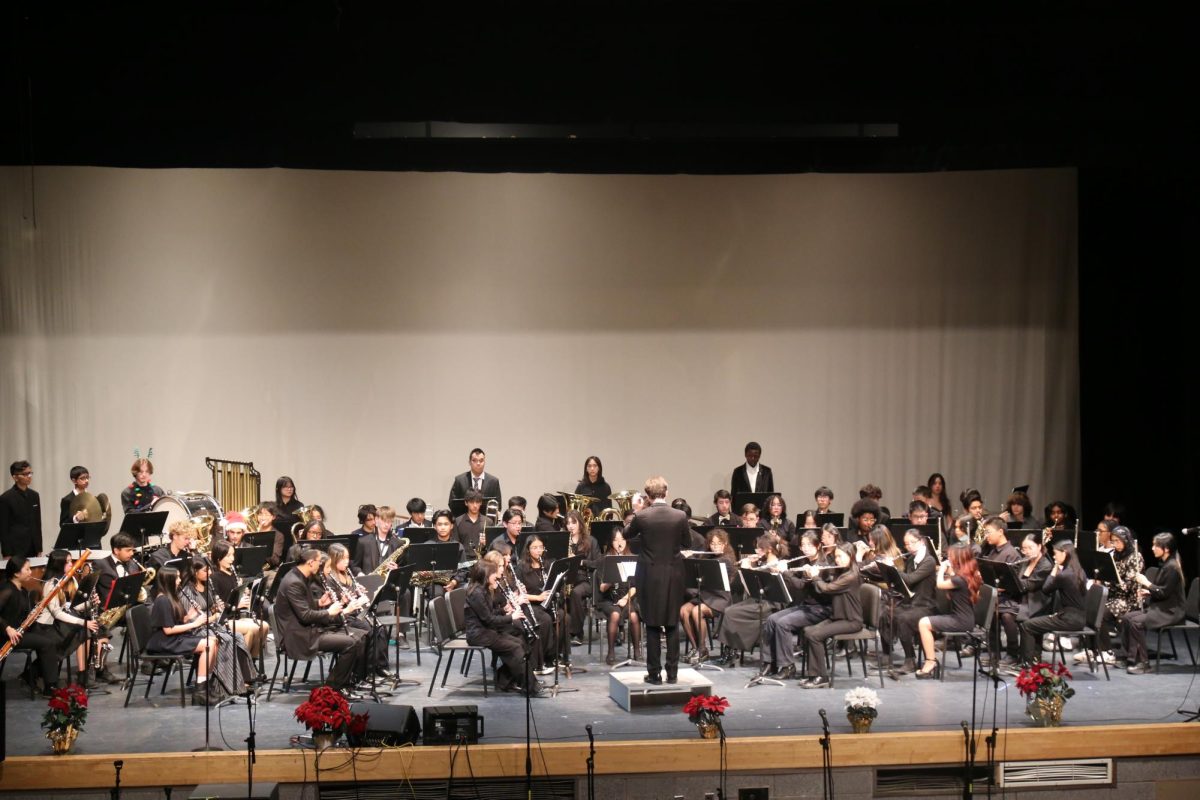
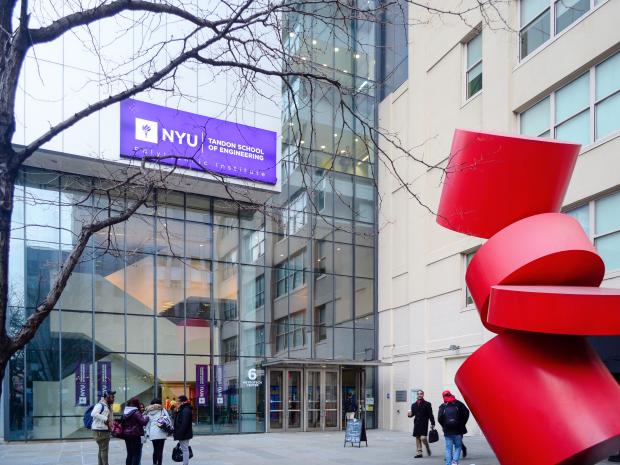

Nicholas Castro • Jun 29, 2014 at 11:39 pm
I just wanted to state that this article completely fails to mention that for MANY students, Ivy League schools end up being much much cheaper than evens state schools. Ivy Leagues and schools of similar endowments meet full need, which means that for many low income families, Ivy Leagues end up being close to free when compared to a state school. I don’t disagree that state schools are very often a better option for many students, but this article only tells one side of the story.